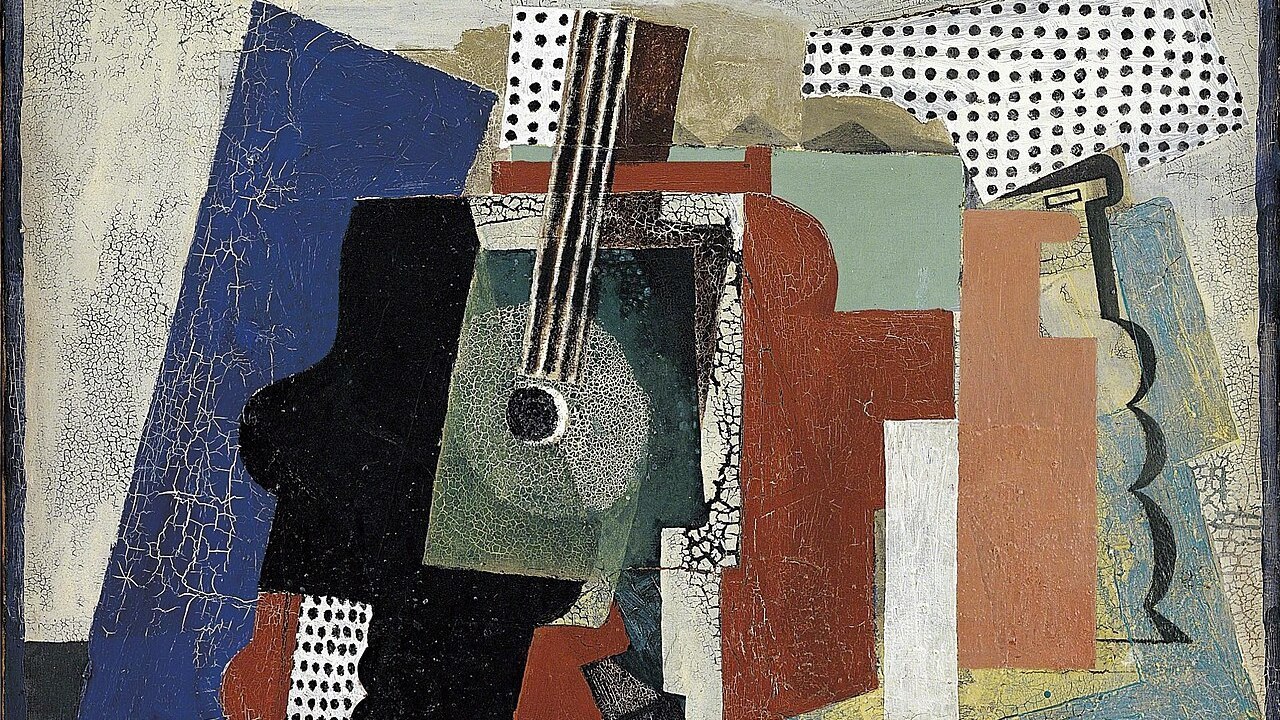Nachtmusik (“night music”), a light serenade intended for evening entertainment, was the party music of the 18th century. Mozart’s Eine kleine Nachtmusik is the most famous example.
With his Serenade in A for solo piano, composed in Vienna in September of 1925, Igor Stravinsky brought the form into the 20th century. Stravinsky commented that the work was conceived “in imitation of the Nachtmusik of the 18th century, which was usually commissioned by patron princes for various festive occasions, and included, as did the suites, an indeterminate number of pieces.”
Stravinsky wrote the Serenade to fulfill his first gramophone recording contract for Brunswick Records. The contract stipulated that each of the four movements had to fit on one side of a 78 rpm record. The piece was dedicated to Stravinsky’s wife, Yekaterina.
The Serenade unfolds with witty and spirited neoclassical lines. Commentator Eric White observes that “A” functions as a “tonic pole” rather than a key area. There are delightful moments in which, with cartoonish comedy, the music flirts with a modulation falling a half step, only to slide back into the “correct” key.
The first movement, Hymne, functions as an invitation to the evening’s guests. Its opening proclamation is strikingly similar to the opening of Francis Poulenc’s Gloria, completed in 1960. A canonic dialogue unfolds between the celebratory higher voices and the rumbling bass register.
The Romanza which follows represents a “solo of ceremonial homage paid by the artist to the guests.” A walking bass line trudges forward, and then skips and dances with joyful exuberance.
The Rondoletto is a virtuosic toccata, with an unending torrent of running notes and imitative counterpoint.
The Serenade concludes with the quiet, reflective Cadenza finala (Final cadence). Its effortless lines glide with the grace and freedom of birds circling in the sky.
Here is a performance by Leon Fleisher:
Recordings
- Stravinsky: Serenade in A, Leon Fleisher Amazon
Featured Image: “Still-life with Door, Guitar and Bottles” (1916), Pablo Picasso

